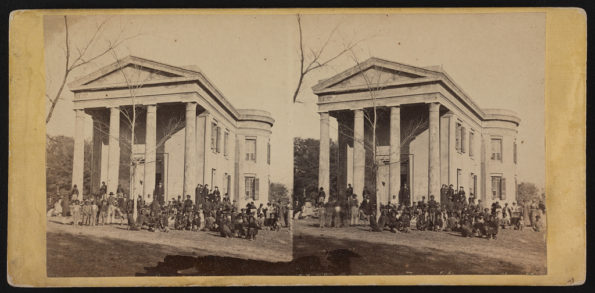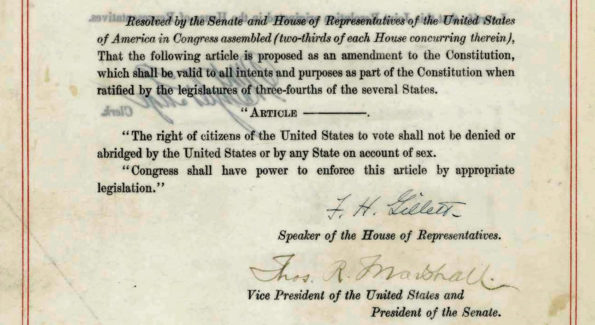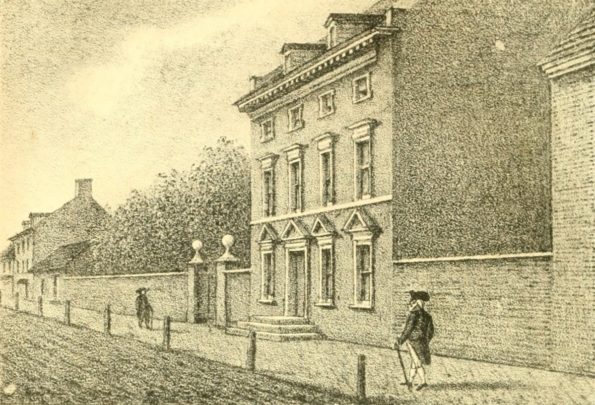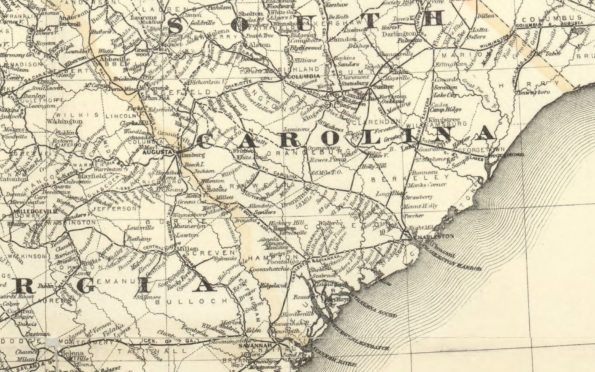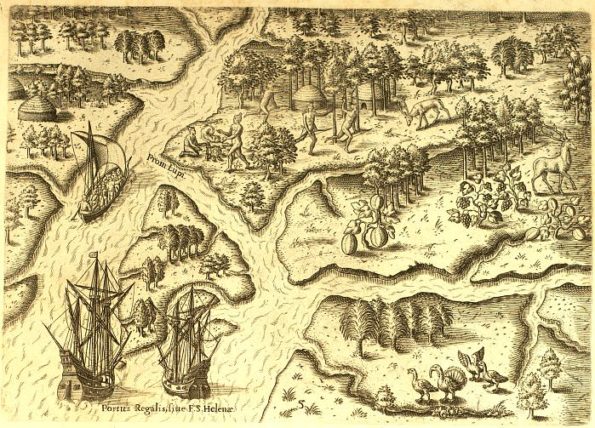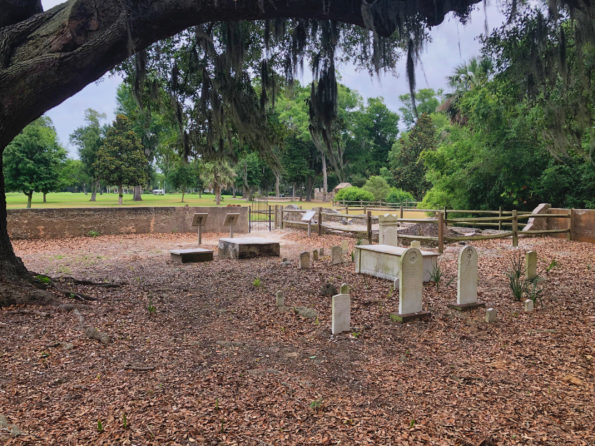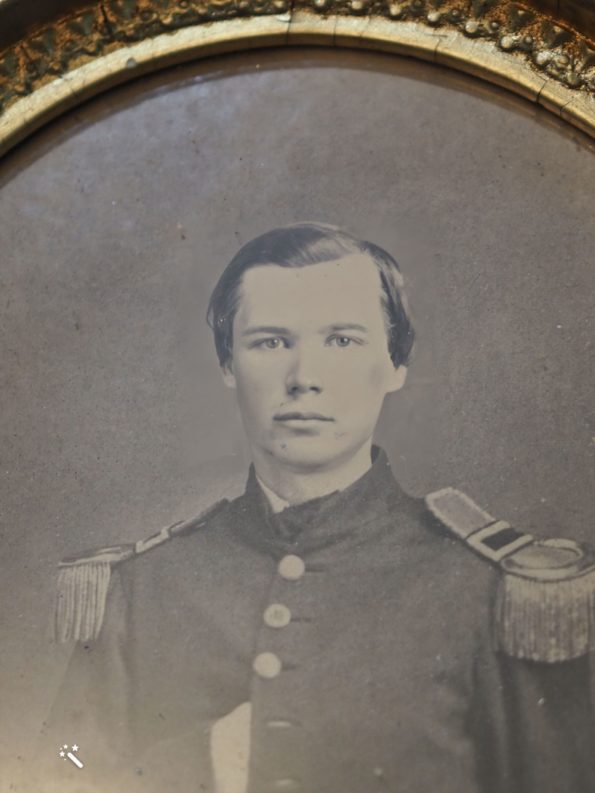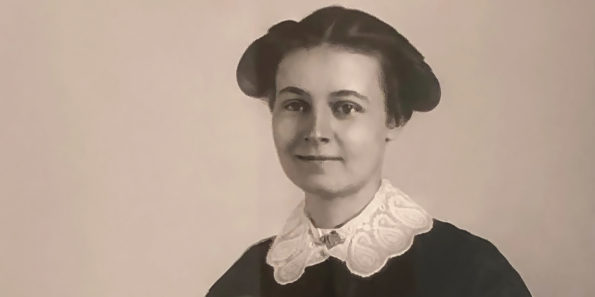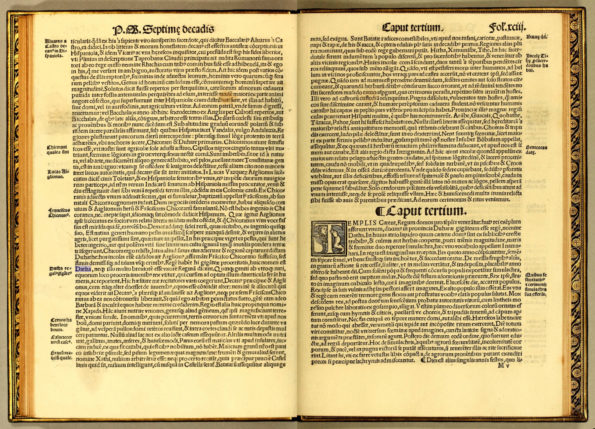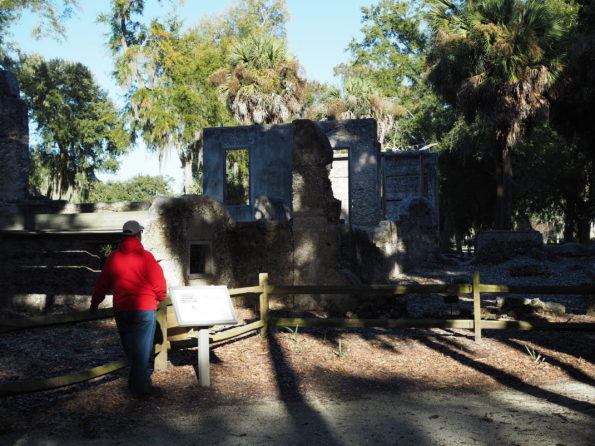Sad State of Education in 18th & 19th Century South Carolina
Virginia B. Bartels summarizes the history of education in South Carolina very well. “Much of the 300-year history of our public schools is a tragic tale of fits and starts, marked at times by inspired leaders, but too often mired by problems of class, race, war, poverty, and geography.”
I believe receiving a good education is a primary reason so many Sams could rebuild their lives after the Civil War’s devastation. However, they received this education because they were lucky enough to be born into a family that could afford to pay for a good education in a time and in a place where this was not common. The sad state of childhood education in Beaufort in the antebellum era was not just about money. You may be surprised to learn that British tradition also played a vital, negative role.


